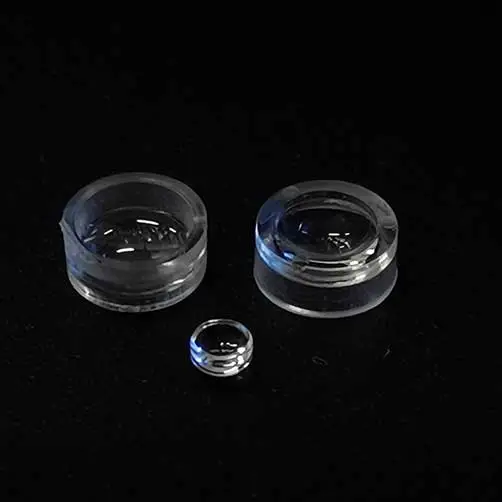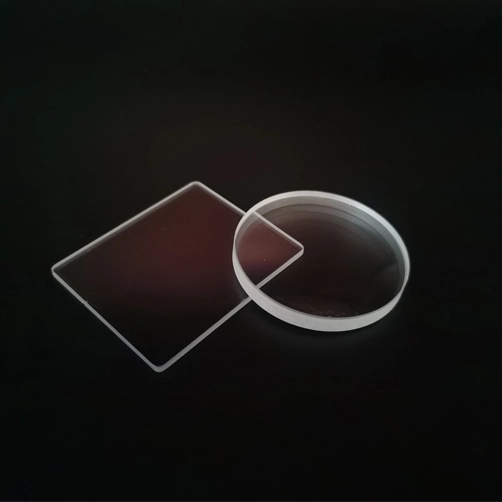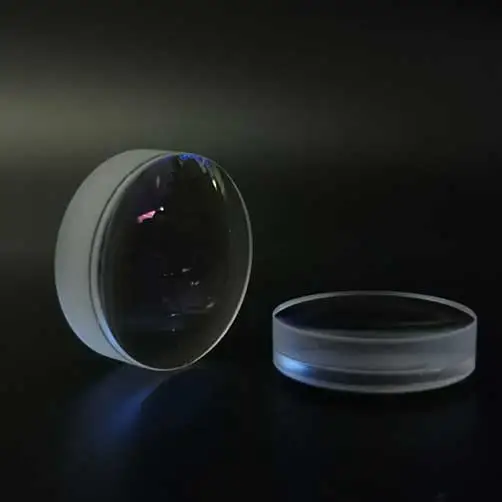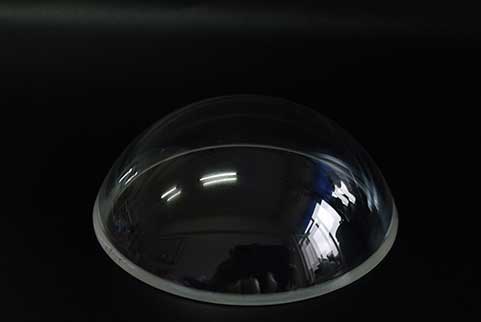
Telescope optics evaluation and design are essential processes in the development of high-performance telescopes. Telescope optical evaluation involves the assessment of optical characteristics such as the refractive index, spot size, pixel width, aberration, and other critical factors. These evaluations ensure that the telescope meets the desired optical performance standards.
On the other hand, telescope optical design focuses on the selection and combination of suitable optical components based on required characteristics to achieve specific performance goals. This process includes determining the type, size, quantity, material, and structure of the optical components. The final design must ensure that the telescope can fulfill its intended optical requirements, making it a crucial step in telescope optics evaluation and design.
Both telescope optics evaluation and design are integral to creating telescopes that deliver optimal performance. By meticulously analyzing optical characteristics during evaluation and carefully selecting components during the design phase, engineers can produce telescopes that meet stringent quality and performance standards. The synergy between telescope optics evaluation and design ensures that every aspect of the optical system is optimized for its intended application.
Telescope optical evaluation
Telescope optics evaluation is a method of evaluating the optical quality of a telescope. It focuses on the optical performance of the telescope, including the structure of the telescope and the performance of its components. The main purpose is to inspect the optical quality of the telescope to ensure its normal operation and achieve expected performance.
The evaluation of the telescope's optical properties mainly includes several aspects. First, appearance evaluation is used to check the appearance of the telescope, such as the shell, assembly accuracy, component installation and connection, and the surface quality of the telescope. Secondly, optical performance evaluation is used to check the optical performance of the telescope, including focal length, beam uniformity, chromatic aberration, distance precision, focusing precision, field of view angle, lens distortion, etc. Finally, actual use evaluation is used to inspect the actual performance of the telescope, such as the observable range of the sky, telescope weight, adjustability, and durability, etc.
In the evaluation of the telescope's optical performance, a series of measuring instruments are required, such as a spectrometer, a chromatic aberration tester, a photometer, a field of view angle tester, etc. These measuring instruments can measure the performance of the telescope, such as focal length, beam uniformity, chromatic aberration, distance precision, focusing precision, field of view angle, lens distortion, etc. The measurement results can be compared with the theoretical calculation results of the telescope to determine whether the optical quality of the telescope meets the requirements.
Telescope optical design
Telescopes are effective tools for collecting visible light and focusing it. They consist of several different types of optical components. Most importantly, they have one or more lenses or lens groups to focus external light to a point so that the user can see distant objects. These lenses can be spherical, concave, or a special surface such as a double curved mirror.
The optical design of the telescope depends on the objects to be observed. Generally, the farther away the object to be observed, the more complex the optical design of the telescope. For example, if observing distant stars, the telescope needs to have sufficient magnification and aberration, as well as a sufficient diameter to collect enough light.
Common telescope optical designs include binoculars, double curved surface telescopes, and multi-curved surface telescopes, etc. Binoculars are a simple design consisting of two spherical mirrors, one of which changes the direction of the light, and the other of which collects and focuses the light. Double curved surface telescopes are a more complex optical design consisting of two curved mirrors that can change the direction of light, collect and focus light, and reduce image distortion. Multi-curved surface telescopes are even more complex optical designs consisting of three or more curved mirrors that can change the direction of light, collect and focus light, and increase the field of view.
In addition to the above-mentioned designs, there are many other types of optical designs for collecting and focusing light, such as reflection mirrors, refraction mirrors, prisms, projection mirrors, and optical windows, etc. These optical elements can be combined to achieve the best effect of observing objects.
The custom optical design of the telescope can be said to be a complex science that requires a combination of knowledge and technology from various disciplines such as physics, optics, and mechanical engineering to manufacture the best telescopes. The optical design of the telescope will continue to evolve to meet the changing observation needs.



